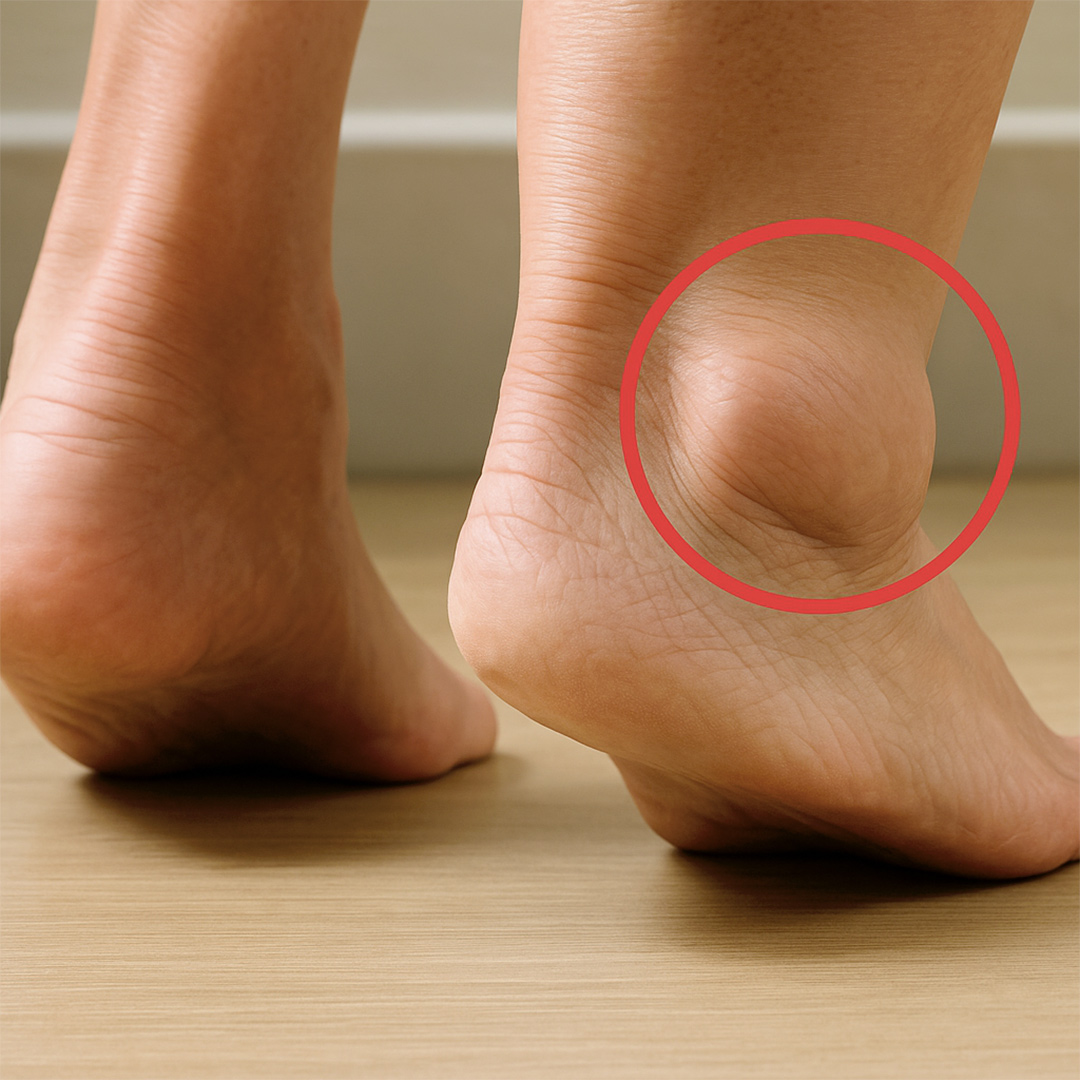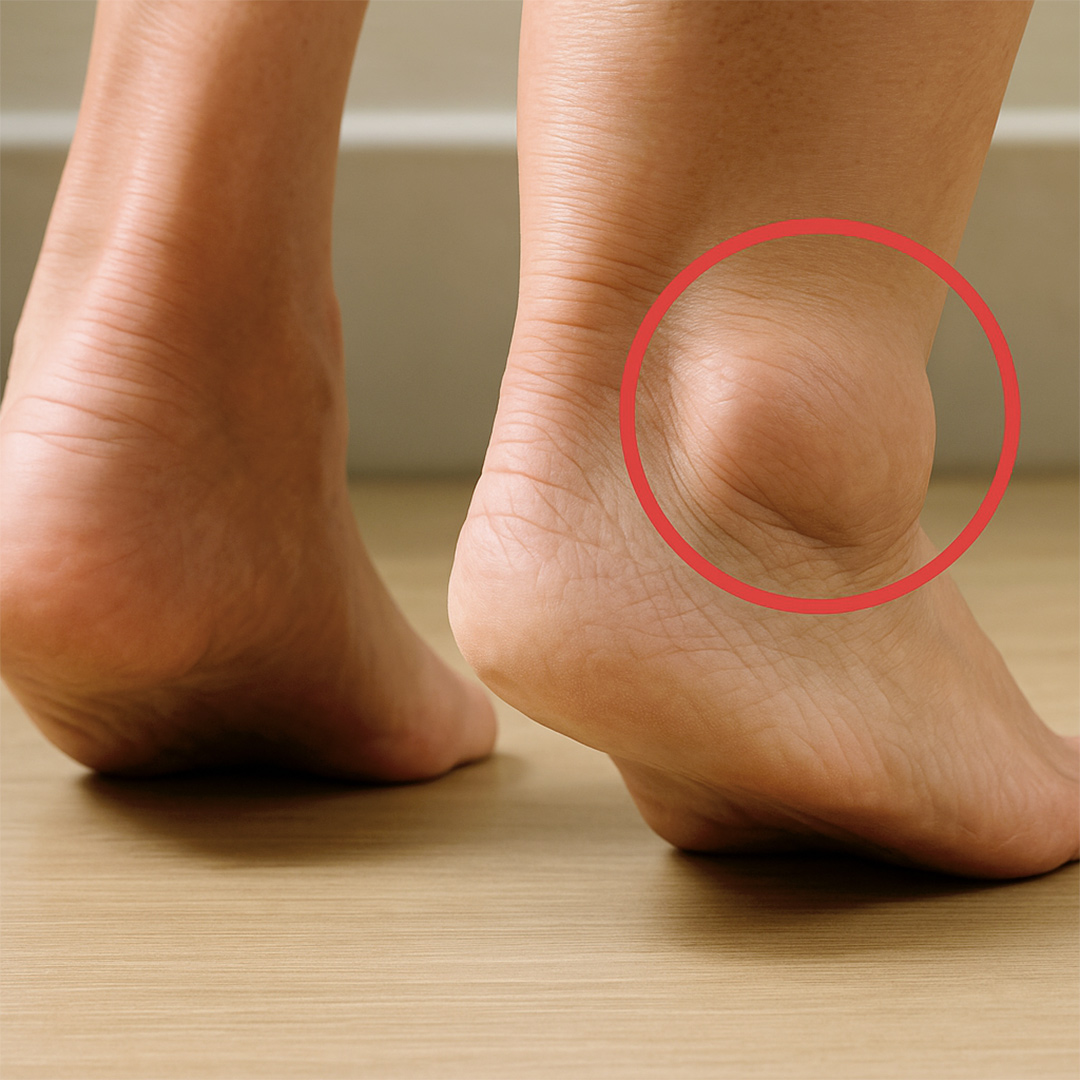4. Hot-Cold Alternation
Use two basins—one with hot water, the other cold. Soak your feet in hot water for 3–5 minutes, then switch to cold for 30–60 seconds. Repeat for 15–20 minutes. This contrast boosts microcirculation and helps reduce fluid buildup.
5. Targeted Vitamin Boost
Low levels of magnesium, vitamin E, or omega-3s may worsen water retention. These nutrients support healthy circulation and vessel function. Always consult your doctor or pharmacist before starting supplements.
6. Essential Oil Self-Massage
Massage your feet with a mix of vegetable oil (like sweet almond or coconut) and a few drops of peppermint or cypress essential oil. Work in circular motions from the toes up to the calves. This encourages circulation and eases tension.

Lifestyle Tweaks That Make a Difference
Watch Your Diet
Cut back on salty foods, ready-made meals, alcohol, and caffeine—all of which can contribute to water retention. Opt instead for high-fiber, hydrating foods (like cucumbers and watermelon), and potassium-rich options (like bananas and spinach) to support circulation.
Sip on Herbal Teas
Draining teas made from cherry stems, parsley, or dandelion have gentle diuretic effects, helping eliminate excess fluid and reduce swelling.
Wear the Right Shoes
Avoid high heels and tight or rigid shoes. Choose soft, breathable footwear that gives your feet room. If swelling is frequent, consider going up a half size for added comfort.

When to See a Doctor
If your feet remain swollen for several days or are accompanied by redness, pain, or fever, consult a healthcare professional. It may indicate a circulatory, lymphatic, or kidney-related issue that needs medical attention.
In Summary
Swollen feet shouldn’t be ignored—but they don’t have to be a permanent nuisance either. With simple habits, natural remedies, and a balanced lifestyle, you can relieve the discomfort quickly. Tonight, why not try a warm foot soak or a relaxing massage? Your body will thank you.

